The content of the article
A trachea is a hollow tube that leads from the larynx to the bronchi. For various reasons, this tube can become inflamed, leading to a disease such as tracheitis. Tracheitis is characterized by cough - long, debilitating, most often dry. Tracheitis is a fairly common disease, especially in children up to 5-7 years old. The fact is that tracheitis rarely proceeds on its own. It occurs against the background of respiratory diseases and often remains in the body for a long time. If a simple cold passes in a week, then chronic tracheitis in the form of a lingering cough can last for months and even years.
Since all the respiratory organs in the body are dough related, tracheitis rarely occurs alone.Most often, the doctor diagnoses tracheobronchitis, laryngotracheitis, etc. depending on the inflamed organs. Before considering the methods of treating this disease, let us try to understand how tracheitis in children proceeds, what are its symptoms and what is the cause of the development of the disease.
Why does tracheitis arise
Tracheitis often occurs on the background of respiratory diseases, but what can cause inflammation?
- Viral infection. Most often, tracheitis occurs due to the causative agent of adenovirus, can be diagnosed due to ingestion of the measles virus, influenza virus and enterovirus.
- Bacterium. More serious pathogens are bacteria that are difficult to excrete without antimicrobial therapy. The cause of the development of tracheitis can be pneumococci, staphylococcus, pertussis sticks.
- Allergy. Sometimes tracheitis occurs on the background of an allergic reaction. Such tracheitis is most difficult to treat, since the cause and nature of the disease is not immediately clear. In this case, inflammation of the trachea appears due to constant irritation of the mucous membrane by coughing and exposure to allergens. Allergen can be plant pollen, dust, animal hair, the smell of cigarettes.
- Temperature drops. A trachea can become inflamed if excessively hot or cold air has got on its mucous membrane.
- Polluted air. Not only allergens can irritate the tracheal mucosa. If tiny particles of hairspray, household chemicals, nicotine (meaning both active and passive smoking) are used, it also provokes inflammation.
- Provocative factors. If tracheitis occurs frequently, attention should be paid to neighboring organs, which can be a source of infection. Be sure to check your teeth for caries - often inflammation starts from there. Tracheitis can be observed on the background of enlarged adenoids or sinusitis - be sure to visit the ENT.
It is very important to know the cause of the development of the disease in order to develop treatment tactics and avoid relapses.
How to recognize tracheitis
One of the main signs of tracheitis is coughing. Most often it is deaf, low tone, dry and painful. During the development of the inflammatory process, the nerve endings are affected, which are very much on the tracheal mucosa. Receptors are irritated, a cough reflex occurs.Often cough is accompanied by pain inside the sternum. If the tracheitis is not associated with inflammation of the bronchi, the sputum is difficult to separate, often it is viscous and it is very small.
As a rule, the cough is worse at night and in the morning. This is due to the horizontal position of the body and deep breaths. Cough with tracheitis most often begins with slight scratching and coughing, and in the acute period it becomes very painful and paroxysmal. The cough also increases after running, with laughter, crying and emotional shock.
Tracheitis in acute form can also change the timbre of the voice. Most often, the voice becomes husky and hoarse. But this condition rarely lasts more than 4 days. Over time, the inflammation subsides, the voice returns to normal, the cough becomes softer, and the sputum begins to recede. From now on, seizures occur less and less.
During tracheitis, the general condition of the child also changes. He becomes apathetic, drowsy, capricious. If tracheitis occurs on the background of respiratory diseases, there may be associated symptoms - increased body temperature, runny nose, aching joints.
If the runny nose becomes barking and whistling - most likely, the baby has laryngotracheitis. This is an inflammation of the trachea and larynx. With such a diagnosis, it is very important to keep your finger on the pulse - inflammation can lead to a narrowing of the respiratory lumen, which can lead to suffocation. This is especially dangerous for young children.
The diagnosis is tracheitis!
Tracheitis in children treats a pediatrician. It is very important to recognize the nature of the disease, and if the cough is allergic, you will need to consult an allergist. If the tracheitis does not respond to intensive treatment, it may be infectious - in this case, you will need an infectious diseases diseaseist. If inflammation affects the bronchi and lungs, you will need to consult a pulmonologist. When tracheitis passes on the background of sinusitis or enlarged adenoids - the path to the ENT. If the child is often sick and coughing, although there are no provoking factors - you need to contact an immunologist.
To make a diagnosis, a pediatrician will first interview the patient's parents. It is very important to provide the doctor with reliable information - how long the child coughs, the nature of the cough, when the seizures increase.After that, the doctor listens to the baby with the help of a phonendoscope, which will help identify noises during breathing. At the beginning of the disease, dry rales and hard breathing are heard. If sputum begins to drift, wheezing becomes wet and softer. At the same time in the lungs themselves no wheezing, only if the tracheitis occurs along with bronchitis.
Drug treatment of tracheitis
Treatment for tracheitis is prescribed by a doctor, but we will introduce you to the main group of drugs that may be useful to you with this diagnosis.
- Antiviral agents. These are the usual drugs that are taken with SARS. Among them are Kagocel, Arbidol, Viferon, etc. An excellent anti-inflammatory drug is ibuprofen. If you take it 2-3 times a day, regardless of temperature, it has an anti-inflammatory effect.
- Antibiotics. If the nature of the disease is bacterial, pronounced intoxication is observed (high fever, headache, lethargy, severe cough) - antibiotics should be taken. Modern pediatrics is trying to eliminate injections and administer antibiotics orally.This means that the doctor will probably prescribe a suspension, not injections.
- Antihistamines. Even if the child is not allergic, it is very important to give him antihistamines. Among them, Zodak, Zyrtec, Diazolin, Suprastin - what you have at home. They will help to remove swelling from the mucous and reduce the number of attacks.
- Antitussive drugs. If your baby has a dry, debilitating cough, it is usually prescribed antitussive drugs. They suppress the tracheal spasm and stop the cough reflex. It is very important to stop using them after the sputum begins to separate. In this case, the antitussive drugs can lead to the fact that sputum simply does not come out of the lungs and lead to stagnation. Among the antitussive drugs can be distinguished Sinekod, Herbion against dry cough, licorice root.
- Expectorants. If the cough becomes wet, you need to help the body bring it out. For this, you can use expectorants - ACC, Prospan, Lasolvan, etc.
- Symptomatic medication. In addition, symptomatic remedies are actively used - vasoconstrictive sprays and drops with nasal congestion, antipyretic syrups and tablets at high temperature, etc.
Do not self-medicate - only a doctor can pick up drugs! Especially if the child is small - the risk of complications is high.
The importance of heavy drinking and air quality
Once in the body, the virus begins to actively multiply and develop. Many doctors say that there is no safer and more effective way of removing the virus (not to be confused with a bacterial infection!) Than drinking plenty of water. That is, the virus leaves the body only through urine. Therefore, to speed up recovery, the child needs to drink a lot. Not just a cup of hot tea with raspberries, but a liter of liquid for a child up to two years old. If a child is 4-5 years old, he should drink one and a half liters, if he is a schoolboy - 2 liters of fluid per day (during illness). It is difficult to imagine that the child agreed to drink so much water, but only if it is not a question of his favorite compote. During the period of illness, you need to postpone all prohibitions on fluids - the baby should drink a lot, let it be anything - compote or juice.
In addition, a large amount of liquid contributes to the dilution of sputum and its early removal. Therefore, the abundant warm drink that doctors prescribe to us is not just words, but the main recommendation.Moreover, such treatment is absolutely safe - the child takes less chemistry in the form of tablets and syrups.
It is very important to provide the child with good air quality. In a stuffy and dirty room, coughing will only increase. It is necessary to air the room as often as possible, install a humidifier, moderate the intensity of the radiators. In such circumstances, recovery will come much faster.
Warming up with tracheitis
To relieve inflammation and reduce swelling, you need to do various types of heating.
- Bathhouse If possible, go with the child to the bath so that the baby breathes hot, humid air.
- Mustard trays. Distracting mustard baths for the feet - this is an excellent remedy for tracheitis. Pour a little dry mustard into a bowl of hot water, lower the legs with the baby. As the water cools down, add hot liquid. After this procedure, you need to lie under a blanket and sleep until the morning, wearing wool socks.
- Compresses. You can make warming compresses that will help warm the trachea zone. Very effective cough cakes.For their preparation, mix honey, a pinch of mustard, vodka, flour and knead the dough from the ingredients. Mustard will irritate the skin, increasing blood circulation in the trachea, vodka will keep it warm for a long time, oil will protect the skin from burns, and flour is necessary for consistency. Make a flat cake out of dough, attach it to your chest, cover with foil and wrap yourself up until morning.
- Mustard plasters It is very effective to make mustard plasters against tracheitis. In the back area, they are placed between the spine and shoulder blades, and on the chest - avoiding the heart area.
- UHF Physiotherapy is another way to warm up. It is usually prescribed if the cough after the illness lasts more than two weeks. Usually 3-5 procedures are enough for the number of coughing attacks to be drastically reduced.
- Badger fat. Animal fats have a long warming effect. When tracheitis, the child’s breast should be smeared with badger, dog or goose fat, wear a warm sweater and go to bed.
Warming up of various kinds at the very beginning is especially effective when the baby is cold or the first discharge of mucus from the nose has appeared. After the mustard bath, the disease will recede, and not having time to develop.
Inhalation
Inhalation of hot bactericidal vapors is another way to treat tracheitis. It is very effective to make inhalations with a nebulizer - with the help of an aerosol, the device sprays the drug on the smallest particles so that the drug gets not into the esophagus, but directly onto the tracheal mucosa and lungs, enhancing the medicinal effect. It is possible to carry out inhalations and in the old manner - we pour the medicinal hot composition into the pelvis, cover with a towel and actively inhale the vapors.
Small children find it difficult to inhale, so you need to use this advice. Pour the liquid into the pan and set on maximum fire. The hood does not turn on, the door in the kitchen tightly closed. We take the child in his arms and get up near the hovering pan. Baby willy-nilly, will inhale the vapors and get a positive effect on the inflamed trachea.
As solutions for inhalation, you can use herbal tea, furatsilina solution, miramistina and chlorophyllipt, salt and mineral water, juice of garlic and onion, balsam "Zvezdochka", calcium chloride, tea tree oil and anise oil.
Folk remedies against tracheitis
Here are some effective home medicine recipes that can help you cope with an annoying cough.
- Massage. To facilitate the discharge of sputum from the lungs when coughing, it is very effective to do percussion massage. It can be done by a physiotherapist, and after mom saw the principles of massage with her own eyes, she can repeat the actions on her own at home.
- Black radish and honey. Take the black radish and cut it into two pieces. In the greater half, you should make a well and pour honey into it. Leave the radish for a couple of hours to give the root vegetable juice. The entire contents of the recess should be drained into a vial and drink a teaspoon twice a day.
- Blackberry leaves. Blackberry leaves are able to liquefy the thick sputum. They lay in a glass jar, pour boiling water and drink instead of tea with lemon, honey and ginger.
- Anise seeds. This drug has a pronounced expectorant effect. Spoon aniseed seeds should be poured with two cups of boiling water and then in the water bath for about half an hour. Then the container should be covered with a lid and give the seeds enough time to infuse. Drink a tablespoon three times a day.
- Milk with ginger. Ginger root is able to relieve inflammation, increase expectorant effects, and strengthen the immune system. Ginger to grate, pour boiling milk and wait until it cools down a bit. During this time, the milk absorbs all the beneficial substances of the healing root. Then the prepared remedy should be filtered and given to the child before bedtime.
These simple but proven recipes will help you quickly and safely rid your child of coughing.
Tracheitis is a fairly common and common disease that any child or adult faces. But this does not mean that tracheitis should be treated dismissively. If you have been trying to get rid of cough for a long time to no avail, test your child for allergies. A blood test for Immunoglobulin E will help you determine the nature of the ailment. To defeat the enemy, you need to know him by sight!
Video: how to treat acute tracheitis

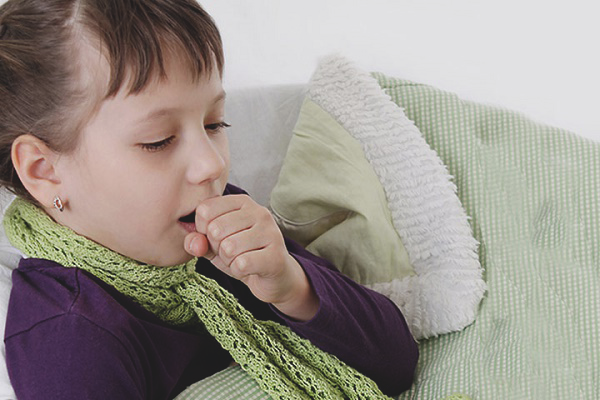
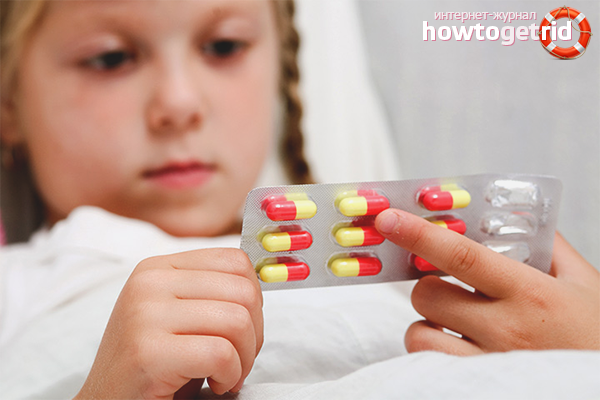
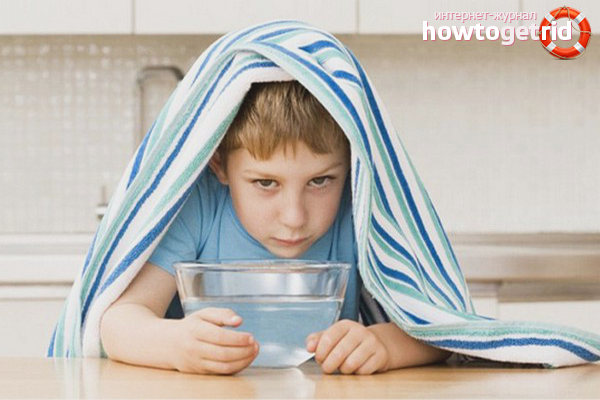

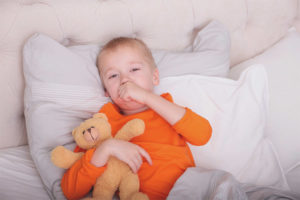
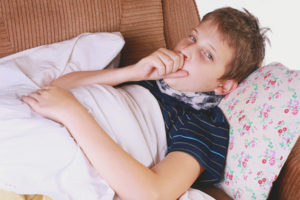
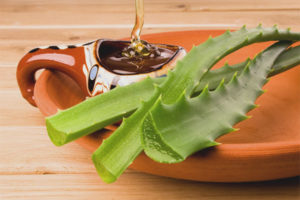
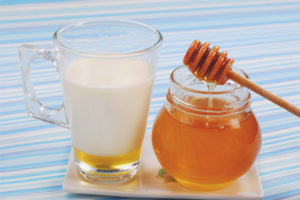

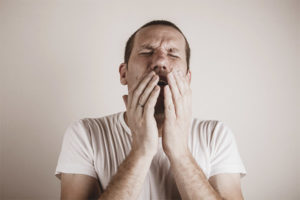
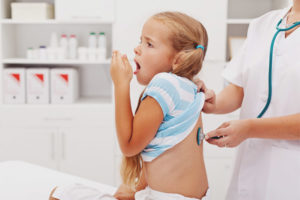

To send